23 amazing ancient cities
Griffin Shea, CNN • Updated 13th July 2018

Barney Smith
Angkor Wat, Cambodia: Angkor Wat was a massive city with a vast network of roads, houses, canals, ponds and temples across the Cambodian countryside.
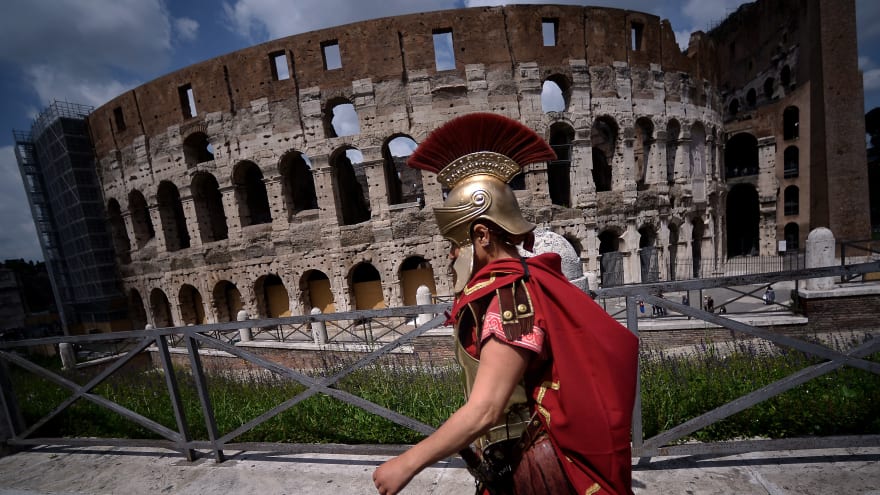
FILIPPO MONTEFORTE/AFP/AFP/Getty Images
Rome, Italy: The Colosseum -- a nearly 2,000-year-old stadium in the middle of a modern city -- is one of the sites that reminds visitors of Rome's glorious (and gruesome) old era.
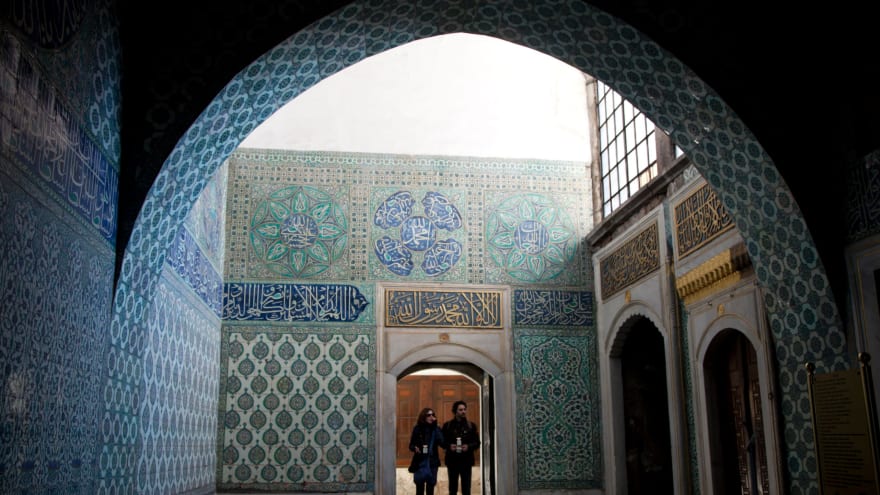
Courtesy Dan Kitwood/Getty Images Europe/Getty Images
Istanbul, Turkey: Istanbul's historic core of Hagia Sophia sits a short stroll away from the Ottoman Empire's Topkapi Palace (pictured here), which houses artifacts including Moses's staff.
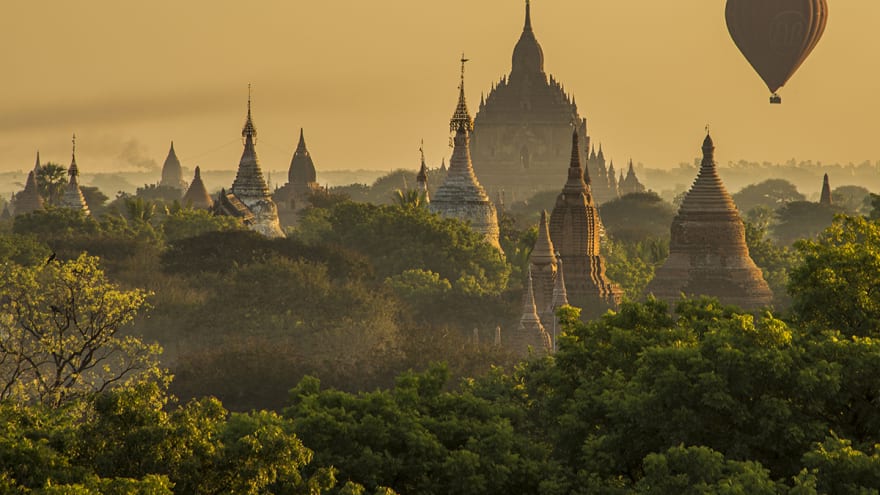
Martien Jansse
Bagan, Myanmar: Long hidden from international view by Myanmar's military government, the treasures of Bagan -- an 11th-century complex of more than 2,000 Buddhist temples -- is built along the Irrawaddy River.
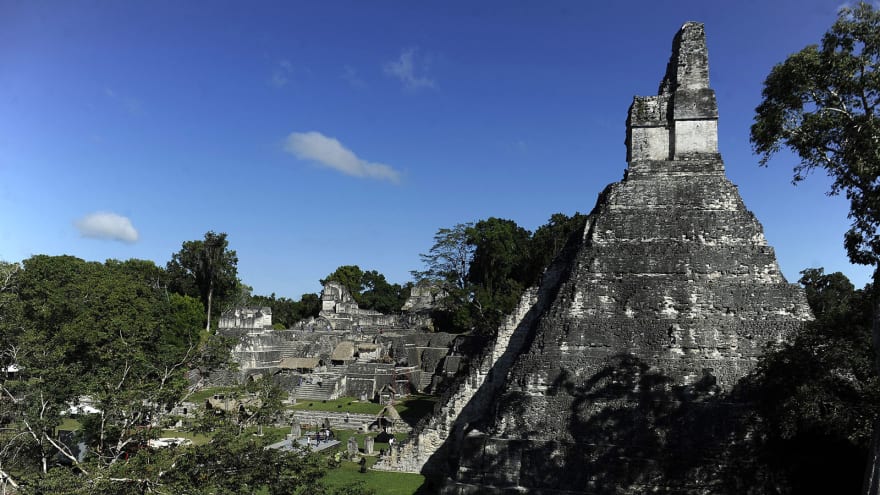
JOHAN ORDONEZ/AFP/AFP/Getty Images
Tikal, Guatemala: Hidden in the jungles of Guatemala, Tikal was a Mayan citadel that reflects more than 1,000 years of cultural achievements starting from 600 BC. The structure in the picture is one of the most important temples in the site -- Tikal Temple I, or Temple of the Great Jaguar.
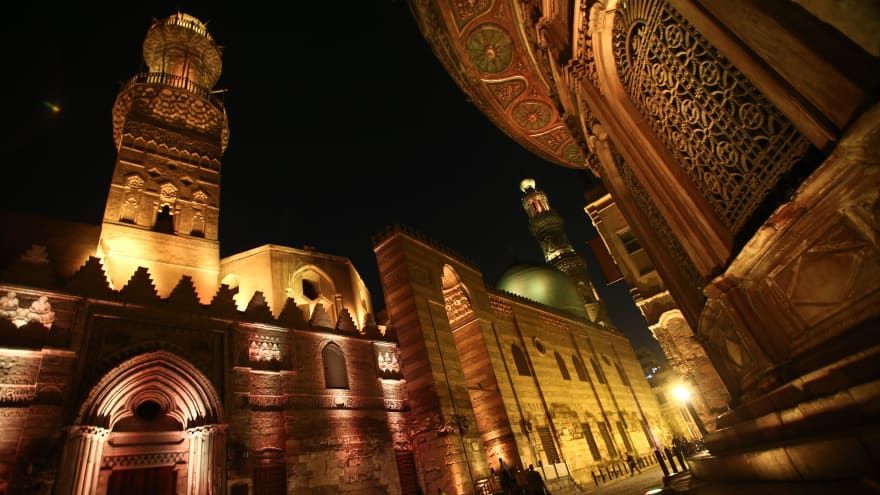
MOHAMED EL-SHAHED/AFP/AFP/Getty Images
Cairo, Egypt: In addition to the pyramids of Giza in the outskirt of the city, Cairo city boasts a history of over 1,000 years. The picture shows a view of Al-Mu'izz al-Din Illah Street, one of the most important historical streets in the Islamic quarter of Cairo.
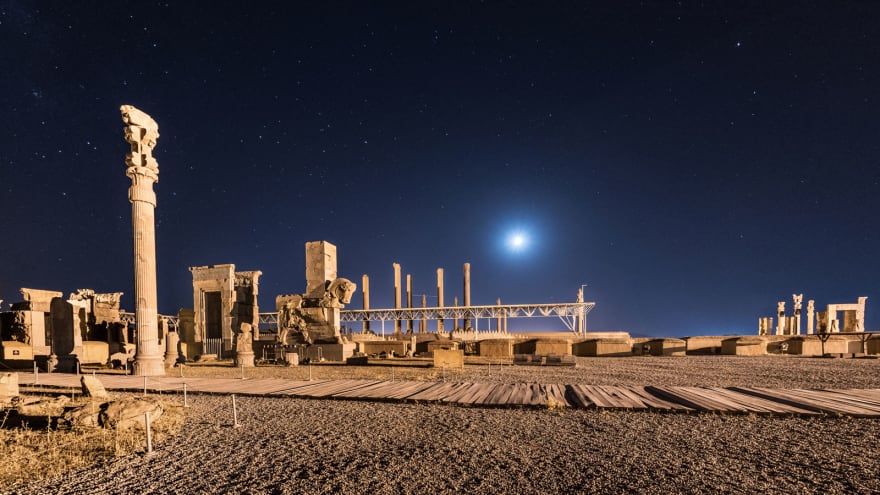
Mohammad Reza Domiri Ganji
Persopolis, Iran: As Iran slowly reopens to Western tourism, Persepolis is regaining its allure for visitors. The city was founded in 518 BC by Darius I, ruler of ancient Persia's Achaemenian Empire, and grew in grandeur until Alexander the Great sacked it two centuries later.
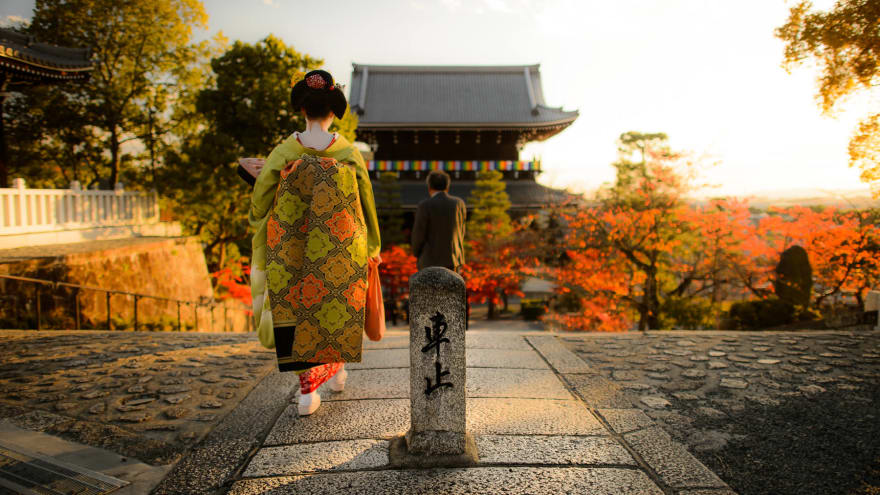
courtesy of Jeffrey Friedl, regex.info/blog
Kyoto, Japan: As imperial Japan's capital for more than 1,000 years, Kyoto has found a way to respectfully preserve its old traditions while eagerly embracing the new. There are more than 1,000 well-preserved Buddhist temples and Shinto shrines in the city.

Hemis/Alamy
Beijing, China: China's capital city has invested heavily in eye-popping modern architecture over the last two decades, but no new building speaks splendor like the city's historic heritage sites, including the Forbidden City.
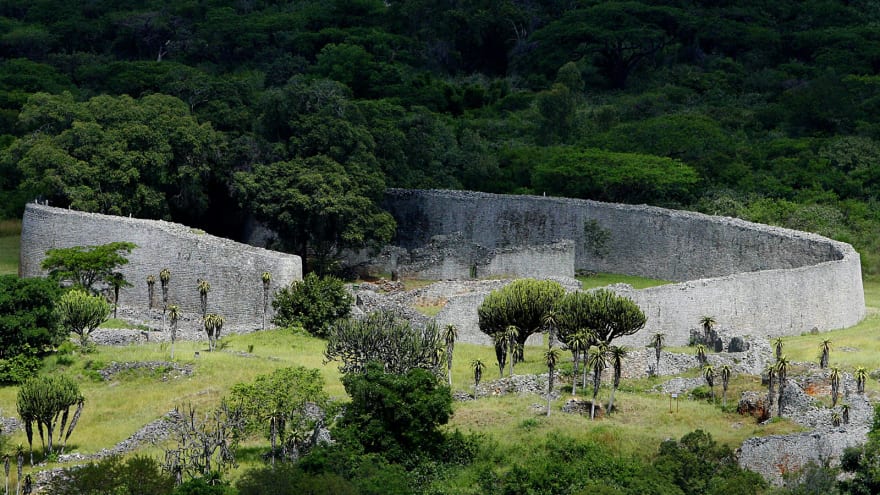
AFP/Getty Images
Great Zimbabwe, Zimbabwe: As the kingdom of Great Zimbabwe grew into a trading empire from the 11th century, a royal complex expanded creating a terraced palace. Today, massive walls and narrow passages -- usually deserted -- still stand on the hilltop at Great Zimbabwe.
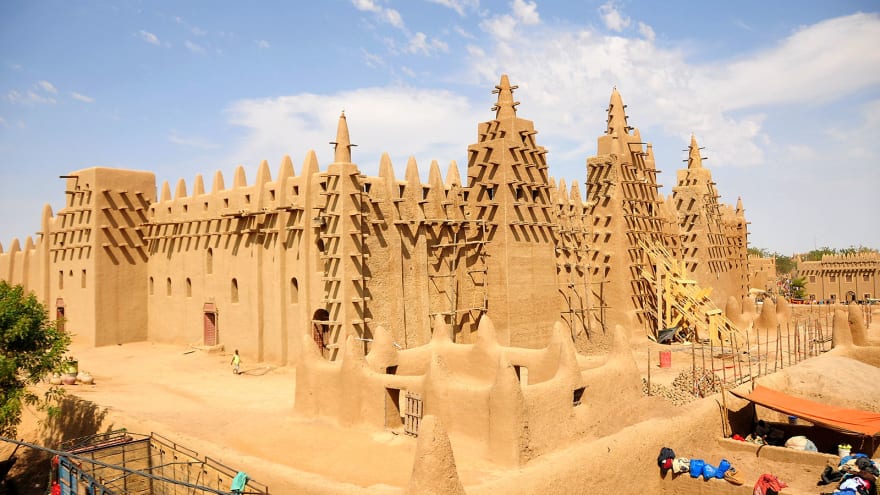
Craig Smith /CNN IREPORT
Timbuktu, Mali: Before the Sahara nearly swallowed the city, and before French colonialists swept through, Timbuktu was one of the world's most important centers of learning. Caretakers of the remaining manuscripts still use the same techniques to preserve them as the original librarians.
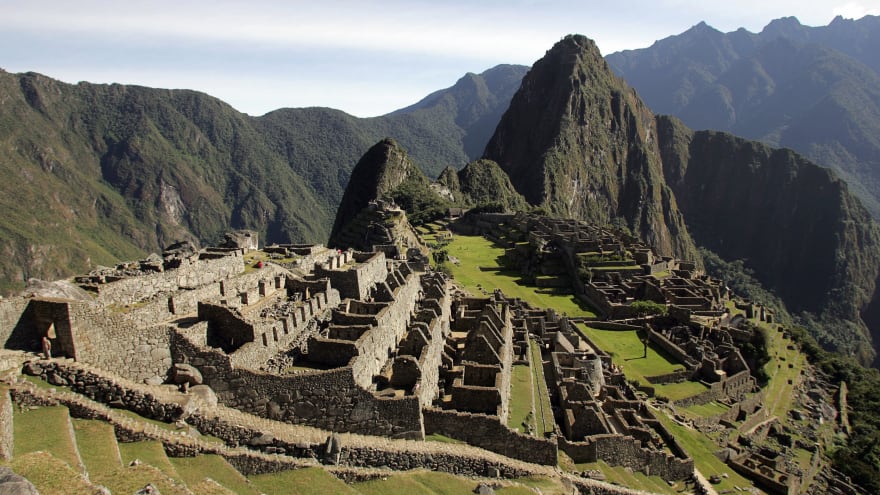
EITAN ABRAMOVICH/AFP/AFP/Getty Images
Machu Picchu, Peru: Sitting 8,000 feet high in the Andes, the mysterious Machu Picchu -- built more than 500 years ago -- attracts thousands of visitors a day.
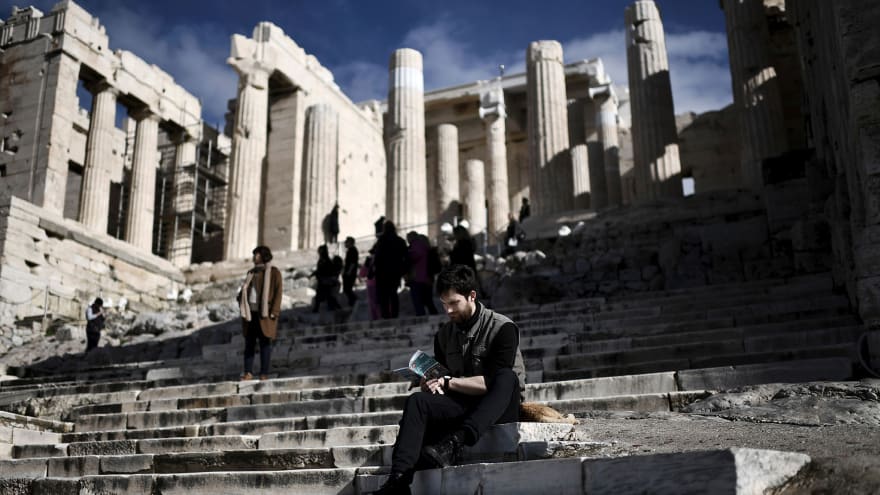
ARIS MESSINIS/AFP/AFP/Getty Images
Athens, Greece: Athens' ancient monuments have found remarkable ways to coexist with modern Athens. Cafes and shops can be found in walkable neighborhood streets below the Acropolis (pictured here), making the ruins a part of Athenians' everyday lives.

Credit Jessica Lee
Petra, Jordan: With a history dating back to around 300 BC, Petra is known for its magnificent buildings carved into red sandstone cliffs. Gorges and canyons surround the ancient city, creating a maze of passages that helped keep it secret from Europeans for centuries.

AFP/AFP/AFP/Getty Images
Ellora, India: Ellora was carved out of the mountains, and this Indian monastic complex remains relatively unknown. The temples include Hindu, Buddhist and Jaina holy sites that were built over 400 years, beginning in the 6th century.

Shen Lu/CNN
Xian, China: China's ancient capital city is home to the famous Terracotta Warriors -- thousands of clay soldiers that fill the mausoleum of Emperor Qin Shi Huang. With excavation works still underway, it's one of the great archeological finds of all time.
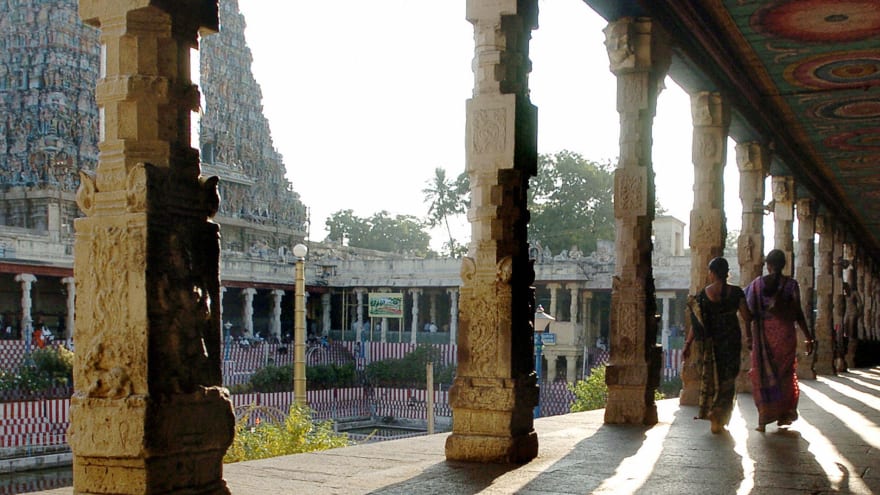
DIBYANGSHU SARKAR/AFP/AFP/Getty Images
Madurai, India: In the heart of Madurai -- once an important capital city of Tamil -- sits Meenakshi Amman Temple, one of India's holiest sites. The current structure was built in the 1600s, with 14 gateway towers guarding the shrines covered in vibrant colors.
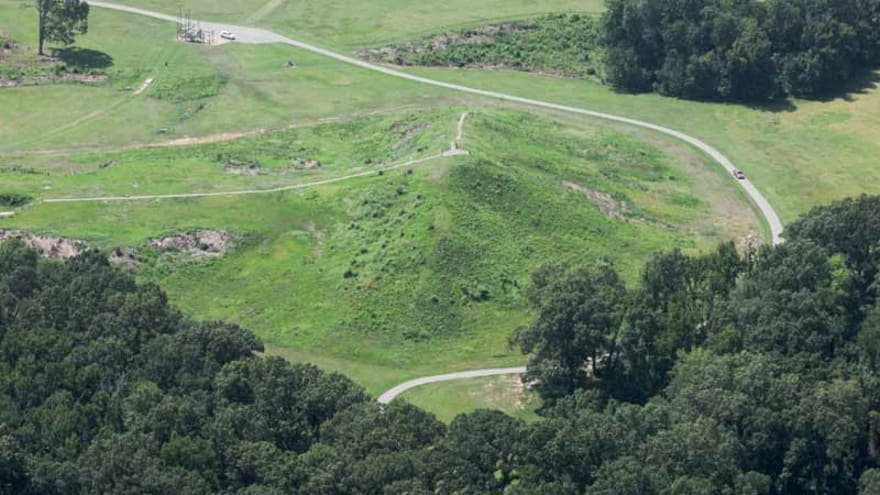
Susan Guice/UNESCO
Poverty Point, Louisiana: Largely unknown even to Americans, Poverty Point in Louisiana achieved the height of early human civilization in North America -- a complex trade hub reaching its greatest heights around 3,500 BC. It was built and used by hunters, fishermen and gatherers -- even though farming hadn't been established yet.

Ulet Ifansasti/Getty Images
Borobudur, Indonesia: The ninth-century Buddhist temple complex of Borobudur is the most visited site in Indonesia. The complex, completed in the early 800s, lay covered under volcanic ash and jungle for centuries until it was revealed in the early 1800s.
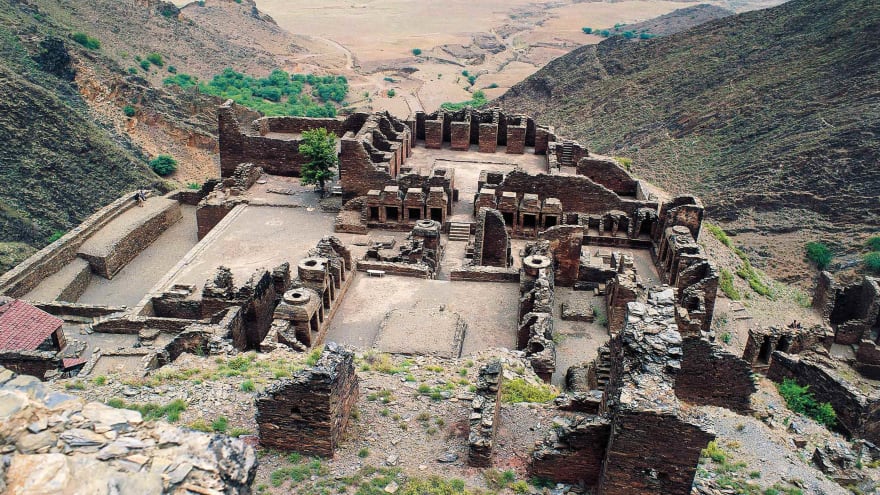
De Agostini Picture Library/Getty Images
Takht-i-Bahi, Pakistan: This Buddhist monastery was built in the first century, but fell out of use a mere 600 years later. Its hilltop location protected it against a succession of invasions, until the British came through and hauled off most of the surviving treasures. Meditation chambers here were once used by monks who brought Tantric traditions to this part of the world.
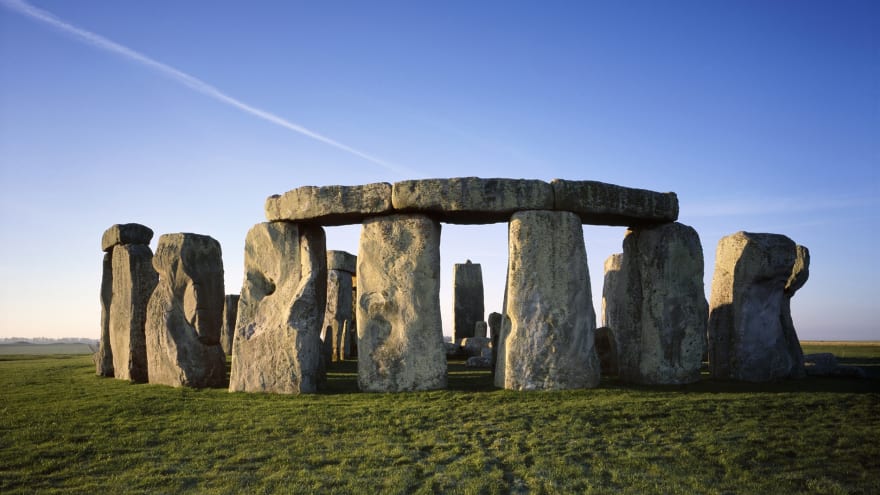
courtesy English Heritage
Stonehenge, England: It's believed that this prehistoric stone circle could have been built as much as 5,000 years ago and construction may have spanned over 1,500 years. The method by which the giant stones were transported here is still a mystery.
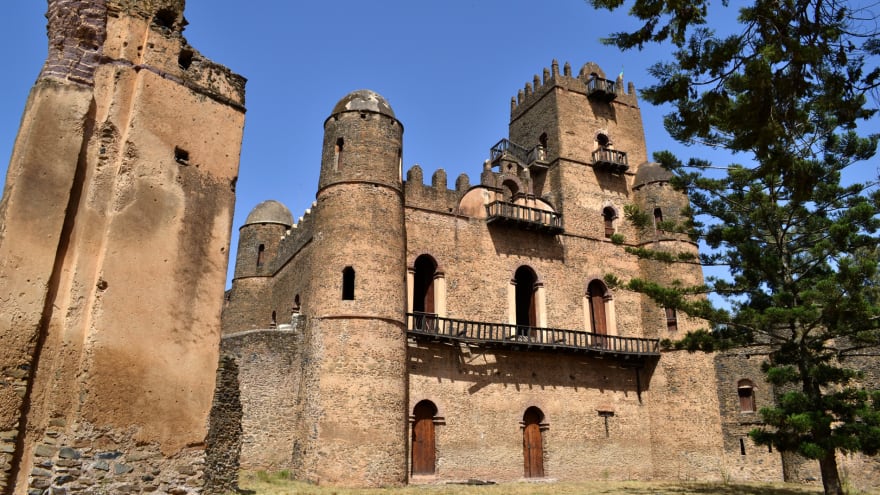
Joe Yogerst/CNN
Gondar, Ethiopia: The capital of the old Ethiopian Empire, Gondar suffered under repeated invasions from the mid-1800s. However several castles and churches -- including Fasil Ghebbi, a royal citadel pictured here -- remain, offering a look into one of the few medieval African cities that's still alive today.

Nimrud, Iraq: The capital of Nimrud, the world's first empire, was once a formidable city with massive palaces and temples to gods of war and writing. Ivory furniture, carved stone slabs, gold jewelry and crowns were all buried inside.

Nimrud, Iraq: However, much of this irreplaceable art and architecture was destroyed by ISIS in 2016.























